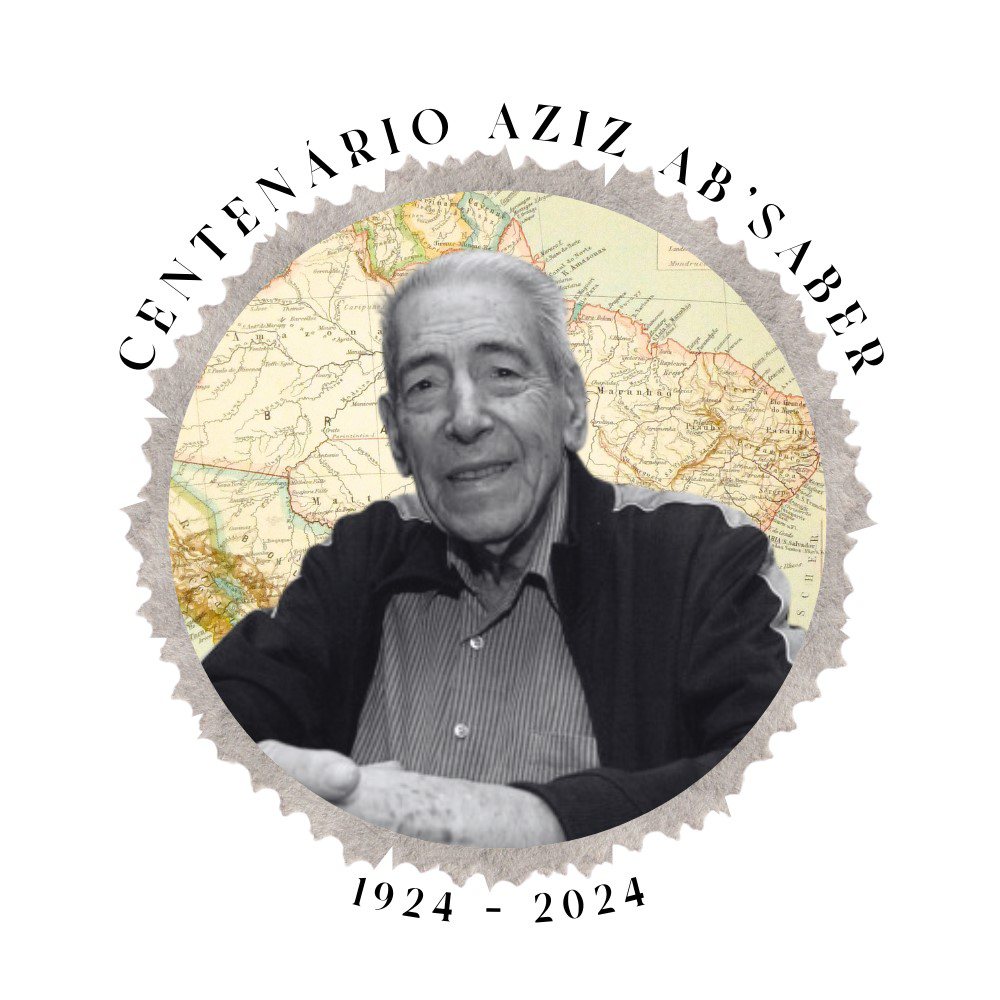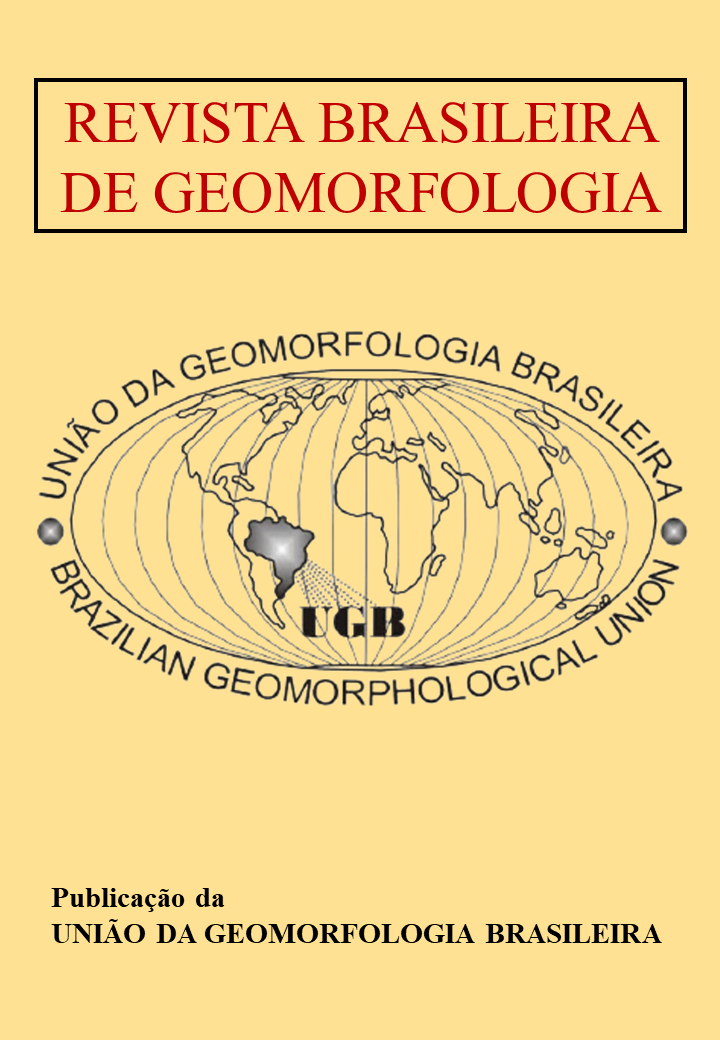Paleoglaciological reconstruction and geomorphological mapping of Dobrowolski Glacier, King George Island, Antarctica
DOI:
https://doi.org/10.20502/rbg.v24i3.2425Palavras-chave:
Climate change, glacial extent, glacial reconstruction, ice-margin, Little ice age, morainal banksResumo
The paper aims to reconstruct the fluctuations of Dobrowolski Glacier, a tidewater glacier located in the inner position of the Admiralty Bay (King George Island, Antarctica), from the Little Ice Age (1400-1700) until the present. Measurements of the glacier’s area and length were based on multitemporal satellite imagery and submarine glacial landforms. The glacier surface area variations between the Little Ice Age and 2014 A.D were estimated. Morainic banks and paleoglacial reconstructions provided evidence of fluctuations in the surface area of the glacier between PIG and 2014 AD. Therefore, four stages of analysis were established: Stage I (Part I) (1400 to 1700), Stage I (Part II) (1700 until the mid-20th century), Stage II (mid-20th century until the 1980s), Stage III (1980 to 2000), and Stage IV (2000 to 2020). The climate during the Little Ice Age triggered the last major glacial advance, and their grounding line position was recorded by an external and prominent morainic bank. After the major glacial advance position of the grounding line, the ice-margin has undergone higher retreat rates (stage I) as response to the warming trend and the loss of anchoring point. The stage II (Unit B) is recorded by distal and discontinuous morainal ridges and glacial lineations formed in the context of an active ice flow at a deeper point in the fjord. During stage III (Unit C) glacial lineations and steep slopes occur, while landforms are less preserved, revealing a fast shrinkage phase. Stage IV is characterized by discontinuous morainic ridges (Unit D), when the glacier presents the highest annual glacial area loss. Currently, the accelerated shrinkage may be linked to the loss of anchorage on seamounts (serving as pinning points) and increased warming. The U-shaped valley geometry has also influenced the glacier shrinkage processes and the redirection of glacial paleoflow during the last 300 years. The retreat rate to mid-20th century-2020 period is higher than Little Ice Age- mid-20th century period.
Downloads
Downloads
Publicado
Como Citar
Edição
Seção
Licença

Este trabalho está licenciado sob uma licença Creative Commons Attribution-NonCommercial 4.0 International License.
Autor(es) conservam os direitos de autor e concedem à revista o direito de primeira publicação, com o trabalho simultaneamente licenciado sob a Licença Creative Commons Attribution que permite a partilha do trabalho com reconhecimento da autoria e publicação inicial nesta revista.










